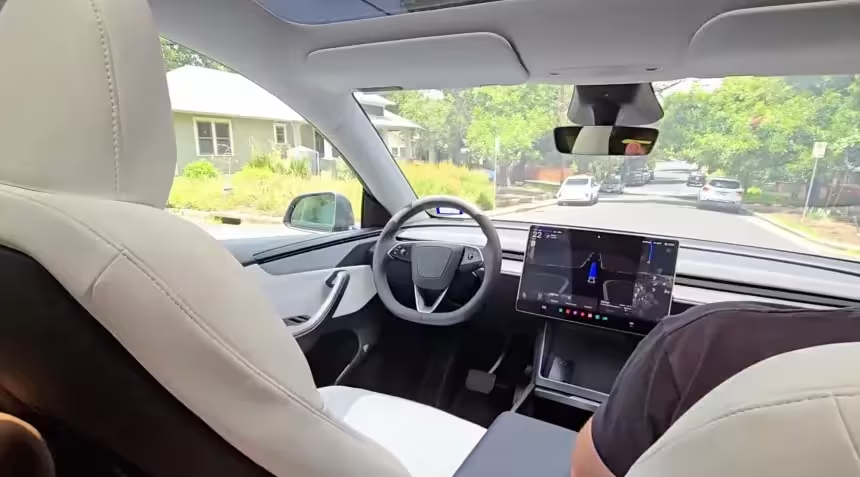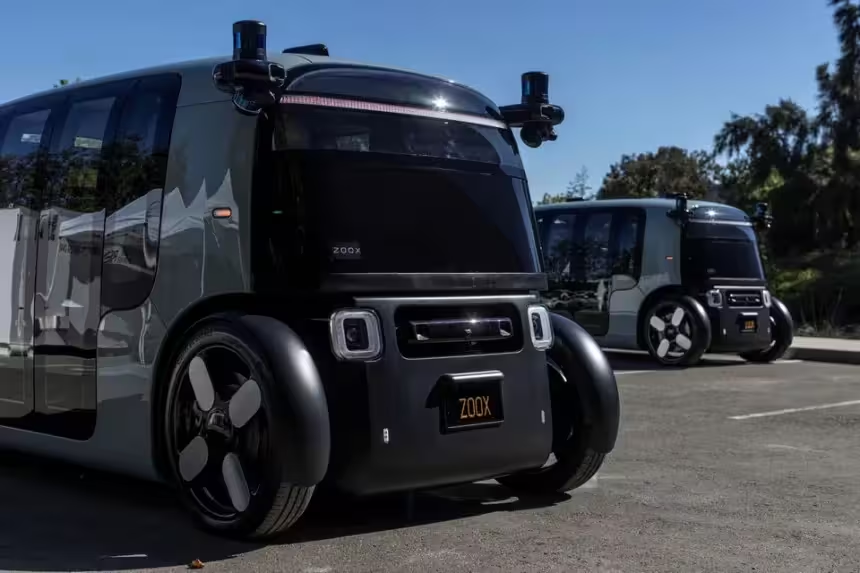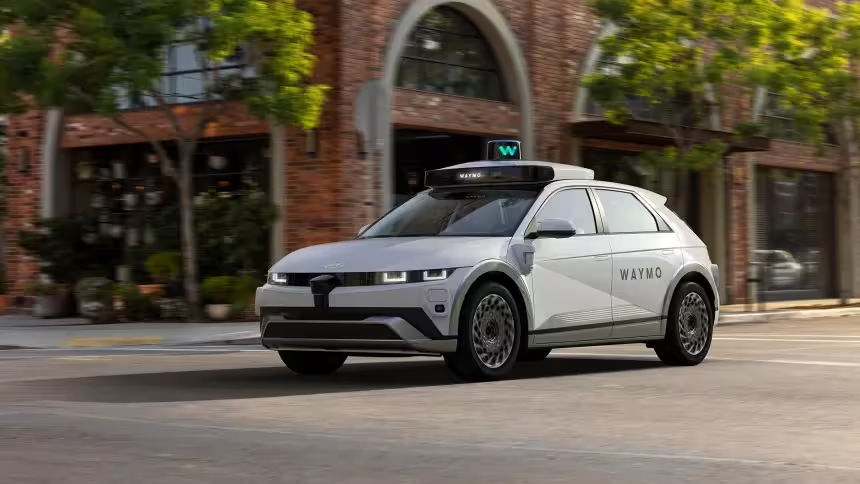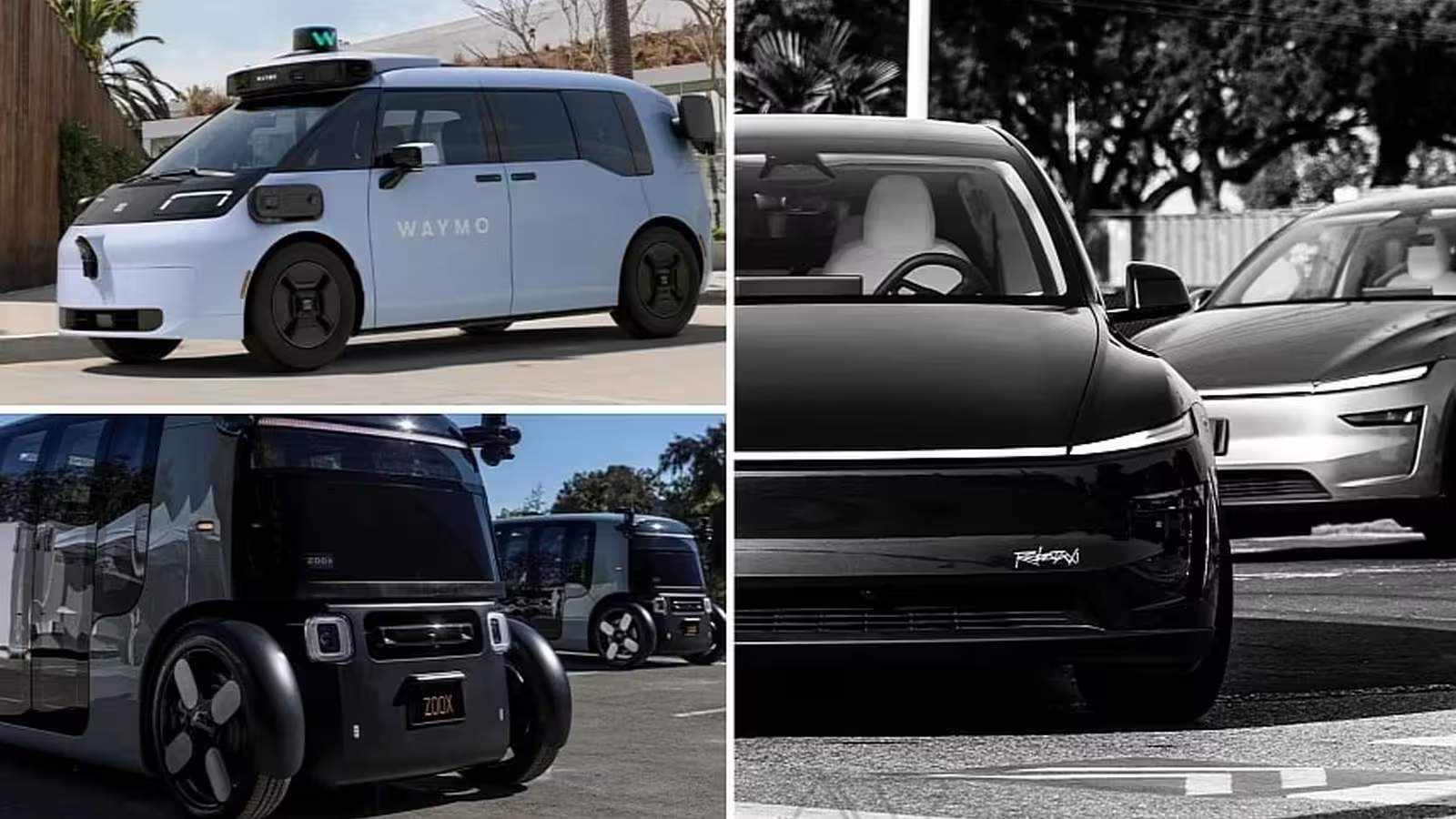9 Minutes
Autonomous vehicles have long been the dream of tech visionaries and car enthusiasts alike, representing a transformative leap forward in mobility. In recent years, the automotive world has witnessed a rapid acceleration in the pursuit of driverless technology, spearheaded not just by traditional automakers but also tech giants and innovative startups. Companies like Tesla, Waymo (Google), Zoox (Amazon), and Cruise (General Motors) are all vying for dominance in a market with the potential to reshape urban landscapes, transportation, and the very concept of car ownership. But why are these corporate titans investing billions in autonomous vehicles — and what are the real motivations, challenges, and stakes behind this technological revolution?
The Evolution of Autonomous Driving: From Dreams to Reality
The concept of self-driving vehicles has moved from science fiction to the center stage of automotive research and development. The roots of this transformation can be traced to the arrival of advanced driver-assistance systems (ADAS) in modern cars. Features such as adaptive cruise control, lane-keeping assist, and automated emergency braking hint at the possibilities of full autonomy. Yet, true vehicle autonomy demands more than just combining these driver assistance technologies; it requires an integrated intelligence capable of perceiving, predicting, and reacting to the infinite variables of real-world driving.
- ADAS Evolution: Early progress in lane keeping, adaptive cruise, and automated braking paved the way for engineers to dream bigger — but building a fully autonomous car is a far greater challenge than layering existing functions.
- Entry of Big Tech: The financial and technical hurdles of autonomy have seen many car manufacturers slow their investments, even as tech giants such as Google, Amazon, and Apple entered the fray, betting on AI, data, and sensor fusion technologies.

Tech Giants and Automakers: Who’s Leading the Race?
The current landscape of autonomous vehicle (AV) development is a diverse battlefield:
- Waymo (Google): A pioneer in robotic taxis, Waymo utilizes a suite of Lidar, radar, and camera systems to safely operate in select American cities.
- Tesla: The only American company pushing the autonomous frontier with in-house vehicle manufacturing, Tesla is betting on a vision-only approach, using neural networks and cameras without Lidar. Its direct control over its fleet potentially allows rapid, global scale-up.
- Zoox (Amazon): Operating in Nevada and California, Zoox’s focus is fully autonomous, purpose-built robotaxis.
- Cruise (GM): Leveraging its parent’s manufacturing muscle, Cruise is one of several startups seeking a share of the future mobility market.
Other significant players, like Argo AI (backed by Ford and Volkswagen), have exited the scene after facing insurmountable costs and regulatory setbacks. Meanwhile, Apple — after years spent on its secretive AV project — ultimately ditched its goal, reinforcing just how formidable the challenge remains.

Vehicle Engineering: Design, Performance, and System Integration
Autonomous vehicles are not only about AI software — they require flawless integration of hardware systems:
- Sensor Arrays: Most competitors rely on a combination of Lidar, radar, and cameras for environment perception. Waymo leads in Lidar utilization, but Tesla’s reliance on cameras alone offers a more cost-efficient platform if it can match competitors in safety and functionality.
- Platform Design: Companies like Zoox build bespoke robotaxis with interiors designed for passenger comfort, optimizing for shared rides without a human driver. Others retrofit existing electric vehicles, balancing cost and scalability.
- Performance: Key specifications for AVs extend beyond acceleration and range, focusing on system reliability, failover protocols, obstacle detection, and real-time data processing. As these systems mature, traditional metrics like 0-60 mph times are replaced by uptime percentages, disengagement rates, and safety benchmarks.
The Business Endgame: Why the First Mover Wins
Autonomy isn’t just an engineering challenge — it’s a high-stakes business race. In today’s automotive market, hundreds of car brands can coexist. But in the robotaxi era, network effects and operational efficiencies mean only a few providers will dominate global mobility. This makes autonomy a zero-sum game, where early winners can “take all.”
- Market Saturation: Autonomous vehicles can be deployed 24/7, dramatically reducing the number of cars needed for the same passenger-kilometer output. This will saturate the mobility market quickly, making it hard for latecomers to compete.
- Revenue Streams: Robotaxi operators stand to profit massively from ride-hailing fees, subscription services, in-car advertising, and valuable passenger data.
- Big Data Opportunities: Companies like Google and Amazon may see the data generated by AV fleets as even more valuable than mobility services. Every journey, interaction, and preference can be used to refine algorithms, serve personalized ads, and develop new products.
- Strategic Existentialism: Elon Musk has openly stated that Tesla’s value ultimately hinges on solving autonomy. If Tesla fails, it risks obsolescence, given the disruptive impact AVs will have on car ownership and manufacturing.

Urban Impact: How Autonomous Vehicles Could Reshape Our Cities
Advocates for autonomous driving tout significant benefits for cities:
- Reduced Traffic Congestion: Fleet-optimized AVs minimize idle time, maximize route efficiency, and could substantially lessen traffic jams.
- Less Need for Parking: Driverless cars can stay constantly in use instead of occupying costly urban parking, freeing up city real estate for green spaces, housing, or commercial development.
- Environmental Sustainability: Most AV fleets are expected to be fully electric, delivering reductions in emissions, noise, and operating costs. Cities benefit from cleaner air and quieter streets.
- Improved Mobility Access: Robotaxi services can empower those who can’t drive, including elderly and disabled passengers, increasing inclusivity and independence — though ride-hailing already offers this, the difference is the lack of human drivers.
Performance Comparisons: Tesla vs. Waymo vs. Zoox
The three leaders in autonomy each have distinctive strategies and advantages:
- Tesla: Fastest scalability due to ownership of both software and large-volume EV manufacturing. Their unique vision-only approach, if proven, could keep costs well below competitors and make widespread deployment feasible.
- Waymo: Technology leader with mature autonomous software and urban-tested robotaxi fleets. Heavy use of Lidar and radar adds cost but currently delivers superior urban safety metrics. Expanding rapidly in the US.
- Zoox: Amazon’s investment in purpose-built robotaxis focuses on comfort and new mobility experiences. Further behind in market penetration, but with deep financial backing and a robust sensor suite.
The True Stakes for Corporations: Beyond Mobility
While much marketing focuses on safety, convenience, and sustainability, the true prize for corporations is control over the future of mobility, data, and everyday digital interactions. For companies like Google (Alphabet), an AV-powered mobility ecosystem means more touchpoints for personalized ads, e-commerce, and services — turning every ride into a business opportunity.
Tesla’s broader ambitions also include leveraging its self-driving AI as the foundation for humanoid robotics, with the Optimus project aiming to translate vehicle autonomy into home and industrial robots capable of real-world navigation. This convergence of vehicle autonomy and robotics further raises the stakes, awarding the winner massive influence across multiple industries.
Market Positioning and Strategic Partnerships
- Uber & Waymo: As a leading ride-hailing platform, Uber has already begun integrating Waymo robotaxis into its own network in select cities, a pragmatic move since Uber’s business depends on mobility, regardless of whether cars are human-driven or autonomous.
- Legacy Automakers: General Motors, Volkswagen, and Ford have invested billions in AV startups and in-house initiatives. While some efforts (like Argo AI) stalled, GM’s Cruise continues to pilot commercial robotaxi projects in American cities.
- Tech-Transportation Convergence: The boundary between automotive companies and tech giants blurs ever further. The coming years will likely see unprecedented mergers, acquisitions, and joint ventures as the landscape crystallizes.
Challenges Ahead: Regulation, Safety, and Social Acceptance
This high-speed race is not without obstacles. The need for robust safety validation, regulatory approvals, and public trust remains paramount. Setbacks — from technical mishaps to regulatory hurdles — have claimed several major AV projects. In addition, societal questions persist: Do passengers want ride-hailing services without a human touch? Will cities adapt quickly enough to accommodate this new form of transport?
Conclusion: The Road Ahead for Autonomous Vehicles
The pursuit of full vehicle autonomy represents one of the most profound shifts in the automotive world — and the stakes couldn’t be higher. The next decade will determine which businesses control not just mobility, but also vast new digital and real-world ecosystems.
For car enthusiasts, industry professionals, and forward-looking consumers, the autonomous vehicle revolution promises to reshape our cities, our roads, and our daily lives. Whether you’re drawn to the advanced technology, the clean electric platforms, or the thrilling competition between automotive titans, it’s clear that when it comes to autonomous vehicles, the starting flag is down, and the race is on.
Source: autoevolution


Leave a Comment